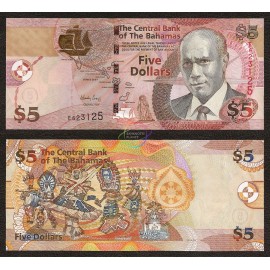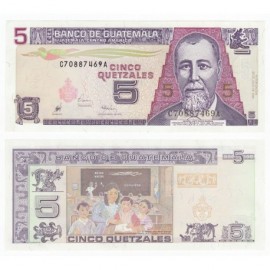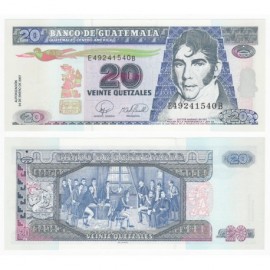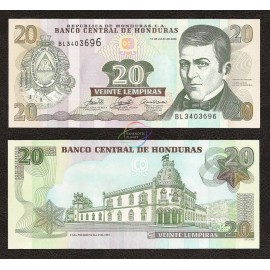Product successfully added to your shopping cart
There are 0 items in your cart. There is 1 item in your cart.
South & Central America
- Africa
- Angola
- Biafra
- Burundi
- Central African States
- Comoros
- Congo Democratic Republic
- Eritrea
- French West Africa
- Gambia
- Ghana
- Guinea
- Guinea-Bissau
- Kenya
- Lesotho
- Liberia
- Libya
- Madagascar
- Malawi
- Mauritius
- Mozambique
- Nigeria
- Rhodesia
- Rwanda
- Seychelles
- Sierra Leone
- Somalia
- South Africa
- South Sudan
- Saint Thomas & Prince
- Swaziland
- Tanzania
- Tunisia
- Uganda
- West African States
- Zaire
- Zambia
- Zimbabwe
- Asia & Middle East
- Afghanistan
- Bahrain
- Bangladesh
- Brunei
- Burma
- Cambodia
- Ceylon
- China
- Egypt
- French Indo-China
- Hong Kong
- India
- Indonesia
- Iraq
- Japan
- Jordan
- Kazakhstan
- Korea
- Kyrgyzstan
- Laos
- Lebanon
- Malaya
- Malaysia
- Mongolia
- Myanmar
- Nepal
- Oman
- Pakistan
- Philippines
- Singapore
- South Vietnam
- Sri Lanka
- Tajikistan
- Thailand
- Turkmenistan
- Uzbekistan
- Vietnam
- Yemen
- Australia & Oceania
- Europe
- South & Central America
- Sets
- Special
- Wholesale
- Pre-1961
- Other
Filter
South & Central America
Argentina
Argentina, located in South America, is the eighth-largest country in the world, covering about 2.78 million square kilometers. It has a population of approximately 46 million people. The capital and largest city is Buenos Aires. Known for its diverse landscapes—from the Andes mountains and Patagonia in the south to the Pampas plains and Iguazú Falls in the north—Argentina boasts rich cultural traditions, including tango music and dance, world-renowned literature, and a strong passion for football.
Bahamas
The Bahamas is an island country located in the Atlantic Ocean, southeast of Florida and north of Cuba. It consists of around 700 islands and over 2,000 cays, known for their white sandy beaches, clear turquoise waters, and vibrant marine life. The Bahamas covers a land area of approximately 13,943 square kilometers (5,383 square miles) and has a population of around 410,000 people as of 2024. The capital city is Nassau, located on New Providence Island, and serves as the political, cultural, and economic center of the country.
Cayman Islands
The Cayman Islands is a British Overseas Territory located in the western Caribbean Sea, consisting of three islands: Grand Cayman, Cayman Brac, and Little Cayman. Known for its crystal-clear waters, thriving coral reefs, and status as a global financial hub, the territory attracts both tourists and international businesses. Covering a total land area of approximately 264 square kilometers (102 square miles), the Cayman Islands has a population of around 81,500 people as of 2024. The capital, George Town, is situated on Grand Cayman and serves as the center of government, commerce, and tourism.
Colombia
Colombia is a sovereign state largely situated in the northwest of South America, with territories in Central America. It has an area of 1,141,748 sq. km (440,831 sq. mi.) and has a population of about 50 million people.
Dominican Republic
The Dominican Republic is a Caribbean nation that shares the island of Hispaniola with Haiti. It covers a land area of about 48,671 square kilometers and has a population of around 11 million people. The capital city is Santo Domingo, which is also the oldest continuously inhabited European settlement in the Americas.
Ecuador
Ecuador, located on the west coast of South America, covers about 283,561 square kilometers and has a population of around 18 million people. The capital city is Quito, known for its well-preserved colonial architecture. Ecuador is famous for its rich biodiversity, especially in the Galápagos Islands, as well as its varied geography that includes the Andes mountains, Amazon rainforest, and Pacific coastline.
El Salvador
El Salvador is the smallest country in Central America, bordered by Honduras, Guatemala, and the Pacific Ocean. Known for its volcanic landscapes, Pacific beaches, and rich cultural heritage, it is a growing destination for tourism and surfing. El Salvador covers a land area of approximately 21,041 square kilometers (8,124 square miles) and has a population of around 6.5 million people as of 2024. The capital and largest city is San Salvador, which serves as the country’s political, economic, and cultural center.
Guatemala
Guatemala is a country in Central America, bordered by Mexico, Belize, Honduras, El Salvador, and the Pacific Ocean. Known for its rich Mayan heritage, volcanic landscapes, and vibrant indigenous cultures, it is home to ancient ruins like Tikal and colonial cities like Antigua. Guatemala covers a land area of approximately 108,889 square kilometers (42,042 square miles) and has a population of around 18.1 million people as of 2024. The capital and largest city is Guatemala City, which serves as the country’s political, economic, and cultural center.
Guyana
Guyana, located on the northern coast of South America, covers a land area of about 214,970 square kilometers and has a population of around 800,000 people. The capital city is Georgetown. Known for its lush rainforests, rivers, and waterfalls—such as the famous Kaieteur Falls—Guyana is rich in biodiversity and natural beauty.
Honduras
Honduras, located in Central America, covers a land area of about 112,492 square kilometers and has a population of around 10 million people. The capital is Tegucigalpa. Known for its mountainous interior, Caribbean coastline, and rich biodiversity, Honduras is home to ancient Maya ruins like Copán and vibrant cultural traditions rooted in indigenous and Spanish heritage.
Mexico
Mexico is a country in North America, bordered by the United States to the north, and Guatemala and Belize to the south, with coastlines on both the Pacific Ocean and the Gulf of Mexico. Known for its ancient civilizations like the Maya and Aztecs, vibrant culture, diverse landscapes, and world-renowned cuisine, Mexico is a major cultural and economic hub in the region. It covers a land area of approximately 1,964,375 square kilometers (758,449 square miles) and has a population of around 129 million people as of 2024. The capital and largest city is Mexico City, a sprawling metropolis rich in history, arts, and modern development.
Peru
Peru, located on the western coast of South America, covers about 1.28 million square kilometers and has a population of around 34 million people. The capital city is Lima. Known for its rich history and cultural heritage, Peru was home to ancient civilizations, including the Inca Empire, with Machu Picchu as a world-famous landmark.
Saint Helena
Saint Helena is a remote island located in the South Atlantic Ocean, roughly midway between South America and Africa. It is a British Overseas Territory, best known as the place of Napoleon Bonaparte’s exile and death. The island features rugged terrain, dramatic cliffs, and a mild climate, making it unique despite its isolation. Saint Helena covers a land area of approximately 122 square kilometers (47 square miles) and has a population of around 4,500 people as of 2024. The capital is Jamestown, a small settlement nestled between steep cliffs and the sea.
Suriname
Suriname, located on the northeastern coast of South America, covers about 163,820 square kilometers and has a population of around 600,000 people. The capital city is Paramaribo. It is known for its tropical rainforests, diverse wildlife, and multicultural society with influences from Indigenous, African, Dutch, Indian, and Javanese heritage.
Venezuela
Venezuela, located on the northern coast of South America, covers about 916,445 square kilometers and has a population of around 28 million people. The capital city is Caracas. Known for its natural beauty, Venezuela is home to Angel Falls—the world's tallest waterfall—along with vast plains, mountains, and Amazon rainforest. The country has significant oil reserves, which have long been central to its economy.






























